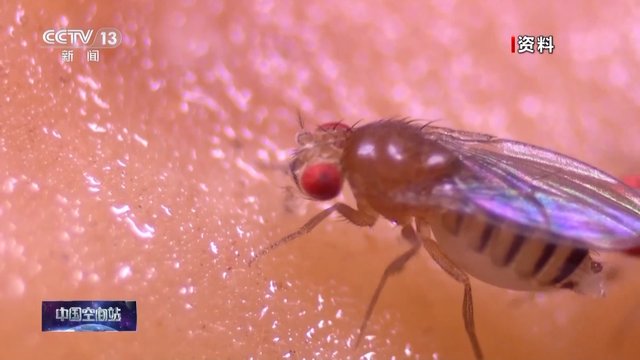Fruit flies on the Chinese space station
Fruit flies on the Chinese space station

Souce
The latest crew of the Chinese space station Tiangong is not made up solely of human astronauts, the orbital laboratory recently received unusual visitors, fruit flies, yes these small insects long known in scientific research, now play a crucial role in experiments on life in space.
This vulnerability is one of the great challenges of future interplanetary missions, to face this obstacle scientists need to study how living organisms react to the absence of magnetic fields and this is where the fruit musks come in, although the Tiangong is still in low orbit where Earth's magnetic field offers partial protection, researchers have created a controlled environment inside the station that simulates more extreme conditions.
The images without reference were created with AI Le immagini senza riferimento sono state create con l'intelligenza artificiale
Thank you for visiting my blog. If you like posts about #science, #planet, #politics, #rights #crypto, #traveling and discovering secrets and beauties of the #universe, feel free to Follow me as these are the topics I write about the most. Have a wonderful day and stay on this great platform :) :)